Chadstroma
Footballguy
The Russians are so incompetent that they blow up a dam which destruction only benefits Russia with no benefits to Ukraine and then blame Ukraine.
Although it's too early to determine who was responsible for the Kakhovka dam destruction, Russia would stand to benefit from it as opposed to Ukraine, a senior NATO official told NBC News.
The official, who spoke to NBC News on Tuesday on condition of anonymity, also said the break doesn’t seem to be a result of an airstrike.
"It’s just outrageous," the official said. "It’s just another outrageous attack."
President Joe Biden’s administration “cannot say conclusively” who was responsible for the massive breach at the Kakhovka dam in southern Ukraine, National Security Council spokesman John Kirby told reporters at the White House on Tuesday.
“We’re doing the best we can to assess” reports that Russia was the culprit, Kirby told reporters in the White House briefing room.
However, two U.S. officials and one Western official earlier told NBC News that the U.S. has intelligence that is leaning toward Russia as the perpetrator of the attack. U.S. officials were working to declassify some of the intelligence and share it as early as Tuesday afternoon.
Kirby warned that the flooding triggered by the breach could be catastrophic for local communities and the environment. He added that “the destruction could have a devastating impact on Ukraine’s energy security” in part because the dam is near Europe’s largest nuclear power plant.
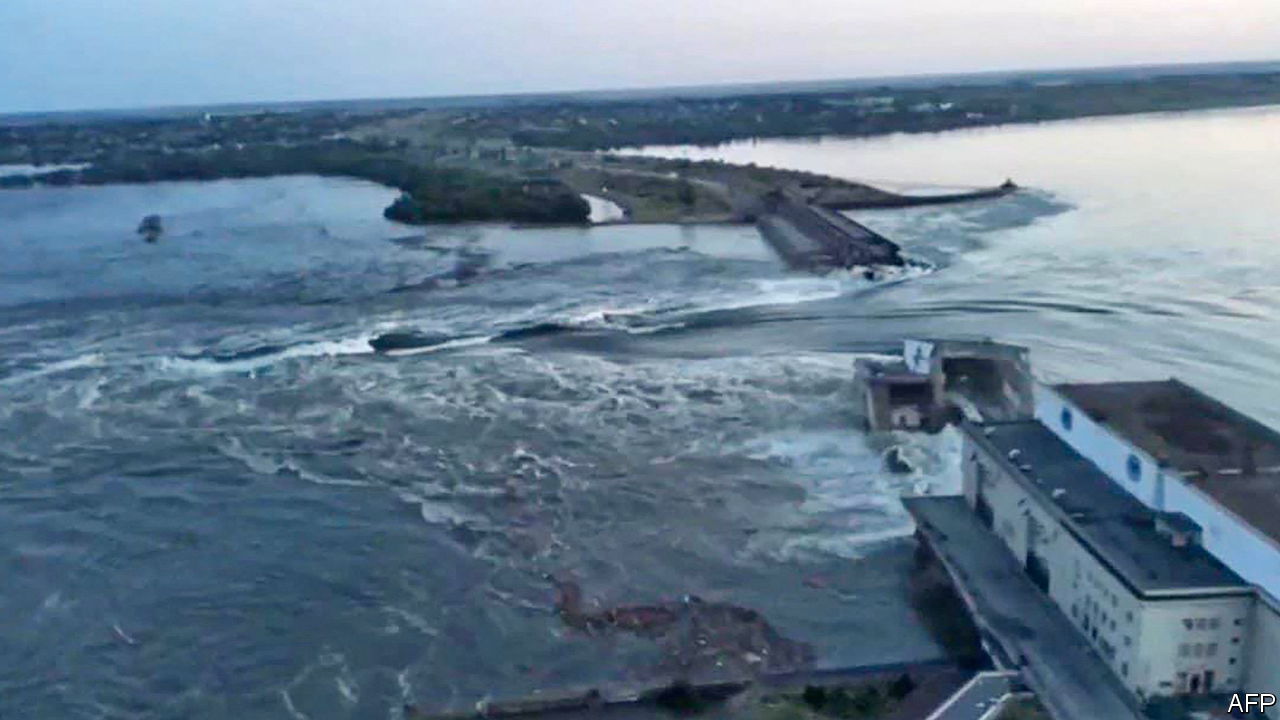
Western military sources say they believe the Russians were “almost certainly” responsible. A breach of this size would require the pre-positioning of explosives, and the Russians have been in control of the dam since the early days of the war.
Built in 1956, the 3.2km-wide Kakhovka hydro-electric station is one of Ukraine’s largest energy facilities, providing electricity for more than 3m people. It has been of strategic value for the Russians since the first days of the war, as its reservoir is a critical source of water for Crimea. But in the run-up to the incident, Russian military bloggers had hinted that the military value of destroying the dam could be greater, as a way to make any Ukrainian operation to cross the Dnieper and push east much more difficult. The blowing up of the dam, if indeed it was by Russia, would also signal desperation on the Russian part, suggesting that it has no capability or intent of moving its troops in the opposite direction to retake Kherson. Water-level reports show that the dam may have been kept unusually full just before the incident.
The dam’s destruction will reshape the military geography of southern Ukraine at a crucial time, the onset of Ukraine’s counter-offensive. Russian forces on the Dnieper’s eastern bank will have to abandon some of the positions which they took up in November, after withdrawing from Kherson city. Ukraine, which had been conducting small-scale raids over the river in recent weeks, possibly to tie down Russian forces in the area, will find it much harder to threaten a full-scale push over the now-flooded area.
Such an operation was always unlikely, says John Foreman, who served as Britain’s defence attaché in Kyiv and Moscow, because of Ukraine’s lack of amphibious craft and expertise. “Wet-gap” crossings are among the most demanding of all military operations. But if Russia did destroy the dam, he says, it might have hoped to protect its western flank by complicating Ukraine’s offensive moves. “We know the Russians have form for this sort of thing,” he argues, pointing to Stalin’s destruction of the Dnieper dam at Zaporizhia in 1941. But back then Russia was not the aggressor.
“Russia benefits from the frontline being smaller because it is easier to concentrate forces to prevent a breakthrough,” said Rob Lee, senior fellow at the Foreign Policy Research Institute, a US think-tank. “So if a Ukrainian operation in Kherson is less likely now, they might be able to move more forces east.”
The flooding, said a western official, “will affect large swaths of civilian infrastructure which is hard to regenerate in the middle of a war. If you widely advertise that you are about to embark on a counteroffensive, you should also not be surprised if opponents take countervailing measures.”
But the flooding affects Russian forces, too. “The destruction of the dam floods the first Russian line of defence east of the Dnipro river in Kherson, though the threat of a Ukrainian river crossing was always low,” said Michael Kofman, a military analyst at the Center for Naval Analyses, a Washington-based think-tank. “This disaster benefits nobody, and will affect Russian-occupied territory the most.”
Russia’s military bloggers, who fervently support the war but have criticised the army’s leadership, largely backed the official version of events.
“It’s our left bank that suffers more from the flooding. It doesn’t make sense why we’d do this,” wrote Alexander Kots, a Russian war reporter for pro-Kremlin tabloid Komsomolskaya Pravda.
But some could not help delighting in the difficulties the dam’s collapse created for Ukraine’s counteroffensive in the region.
“I won’t say who blew it up or evaluate it in any way,” said Egor Guzenko, a Russian volunteer fighter and blogger. “But from a tactical point of view, [Ukraine] can forget about an offensive in Kherson.”
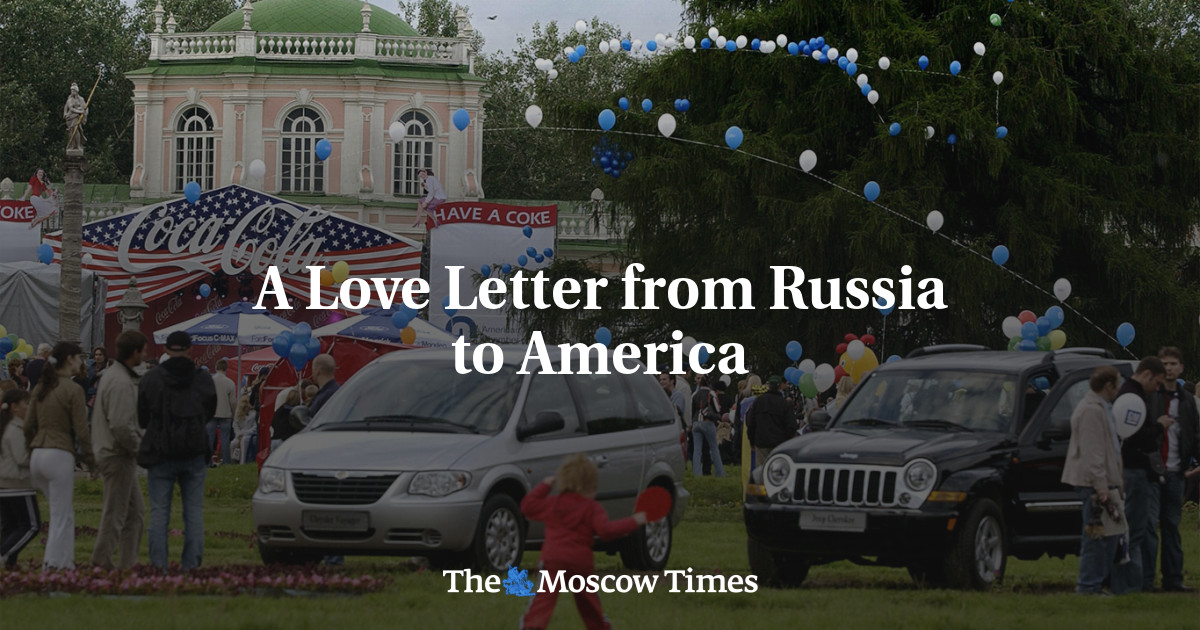
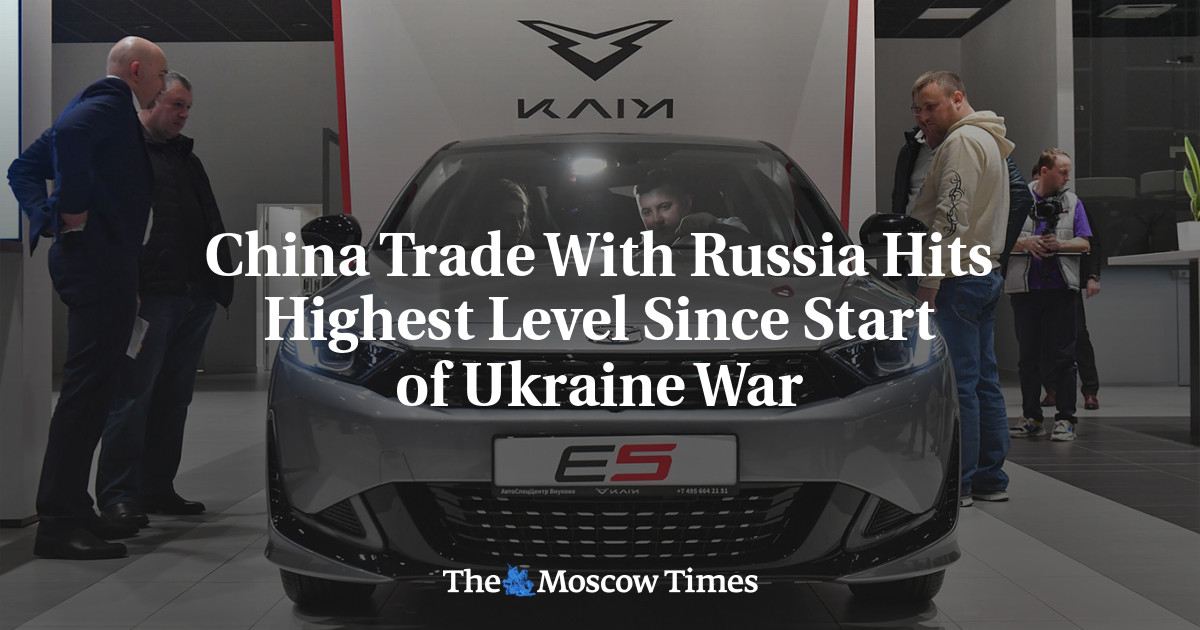


Prigozhin is predicting 'huge losses' and fighting in the Russian Federation. Either mass popular uprising or the Duma having the Generals executed by firing squad for their failures. This dude sees the Russian house of cards coming down and is trying hard to position himself to pick them up and burry Putin.


This was a great readPolitics Returns to Russia
Another good piece (long) on recent events and what it means for domestic Russian politics.
Also a worthwhile read just to unpack all of the players and see a coherent summary of what's been happening lately as far as the warlords, Wagner, incursions into Russia and etc. Very nicely summarized.
My guess is that he has much lower aspirations than Putin. He wants to rule Russia. Putin wants to restore the Russian Empire.Prigozhin is predicting 'huge losses' and fighting in the Russian Federation. Either mass popular uprising or the Duma having the Generals executed by firing squad for their failures. This dude sees the Russian house of cards coming down and is trying hard to position himself to pick them up and burry Putin.
He's been a fascinating follow through all this.
On one hand, I actually KINDA respect the guy for his no ******** approach, and his willingness to speak things that surely would have had nearly any other human falling out of a 5th story window.
On the other hand, I'm not sure I want a ruthless leader of a prison mercenary army who are notorious for acts of gruesome violence (like beheadings) getting control of the world's 2nd largest stockpile of nukes.
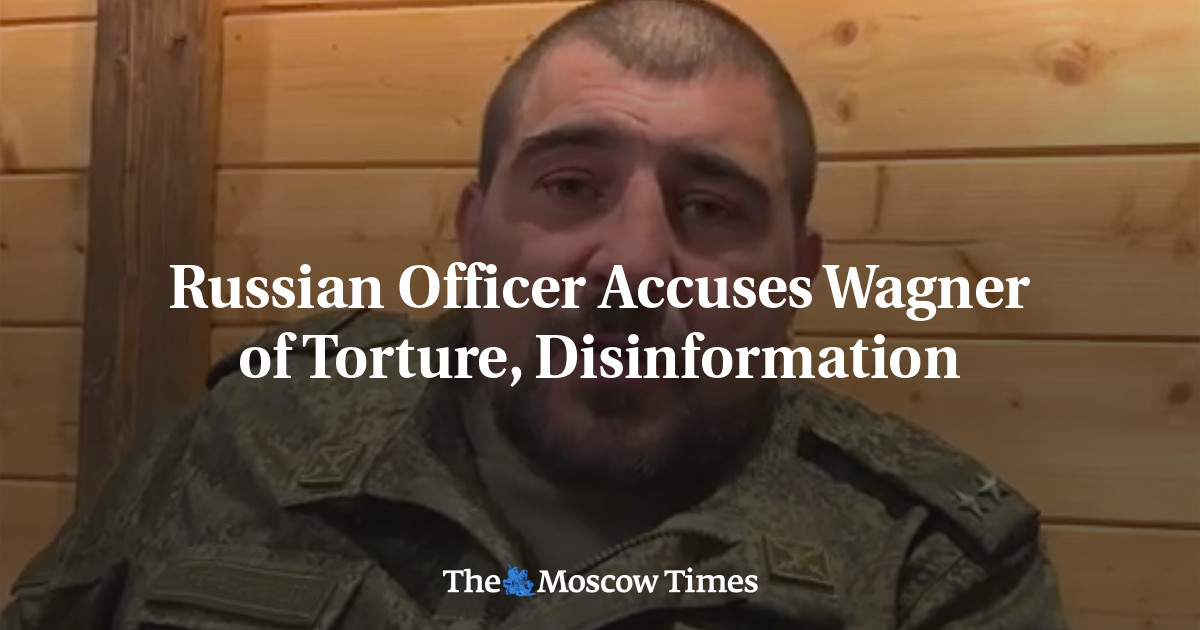
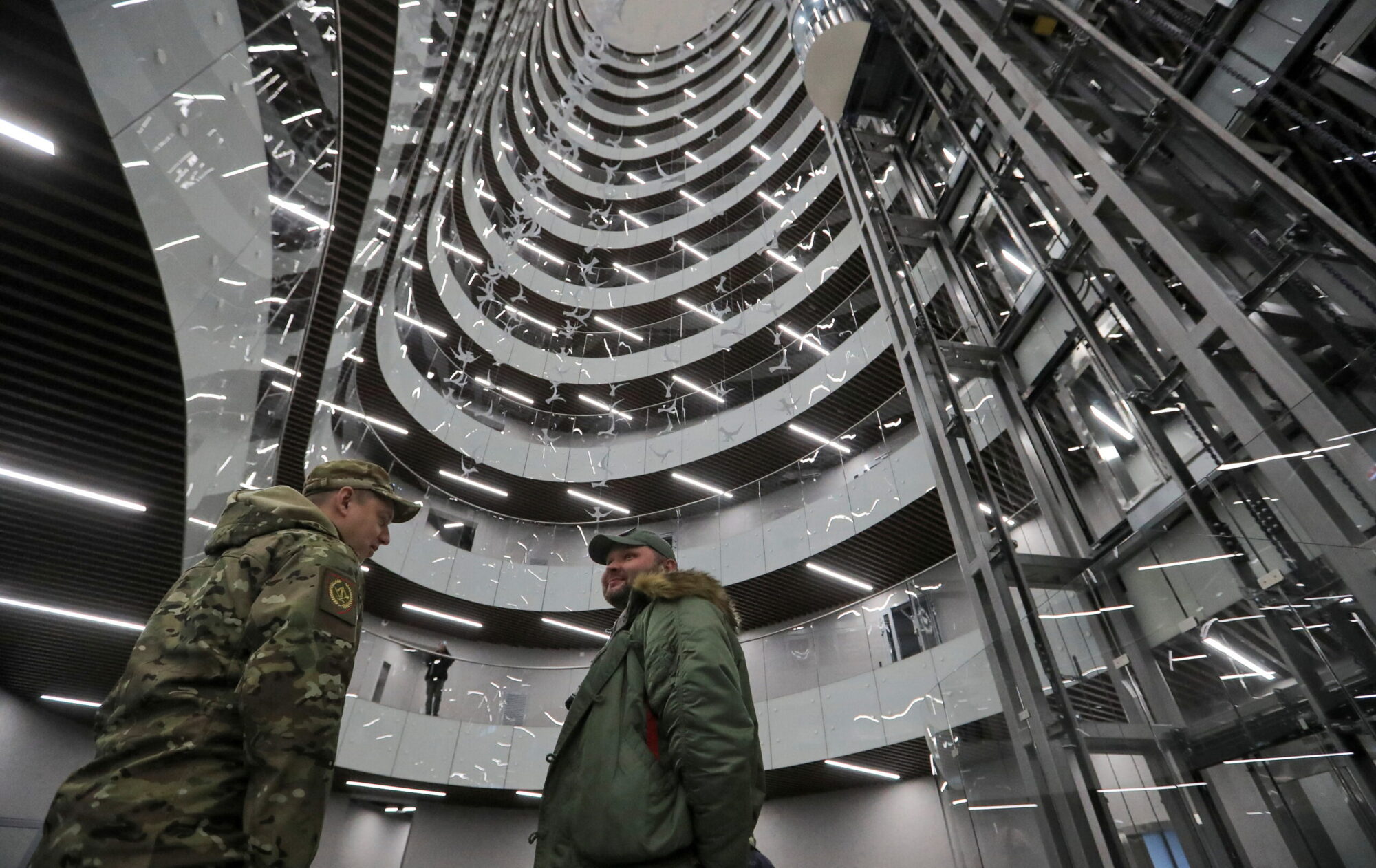
Though his videotaped rants appear unhinged, Prigozhin remains careful, pointing out that his anger is directed at Shoigu and Gerasimov, not Putin, lest he risks running afoul of Russia’s longtime leader, a predicament that would surely end with the Wagner boss being demoted, or worse. But even though Putin is not the target of his invectives, the fact that Prigozhin is openly feuding with the architects of Russia’s military campaign in Ukraine—the shortcomings of which have been well-documented—could send a signal to Putin’s rivals within Russia that he is losing his grip on power, making him appear more vulnerable.
What happens next is anyone’s guess, but one popular theory is that Prigozhin may be deliberately picking a fight with Russian brass in order to get his forces reassigned, away from the meat grinder of conventional combat in Ukraine and back toward Wagner’s true comparative advantage—expeditionary deployments in fragile states throughout Africa and the Middle East. In Mali, the Central African Republic (CAR), and elsewhere, Wagner forces conduct heavy-handed counterinsurgency operations against jihadist groups, rebels, and bandits, in exchange for access to valuable mining contracts. In turn, this funding provides Prigozhin with leverage, especially as Moscow continues to look for creative ways to circumvent Western economic sanctions in place since Russia’s invasion of Ukraine in February 2022.
The pivot back to Africa is as much an acknowledgment of Wagner’s core strengths as it is a sign of the opportunism Prigozhin has become known for—recent fighting in Sudan could present an opening for Wagner to become more involved in that country, where it already profits handsomely from access to gold mines. Wagner has maintained a presence in Sudan since at least 2017, but more recently, the United States has accused the PMC of sending surface-to-air missiles to the Rapid Support Forces (RSF), a paramilitary outfit led by Mohamed Hamdan Dagalo (aka “Hemedti”), a notorious warlord responsible for alleged war crimes in Sudan’s Darfur region. The RSF has also supported Khalifa Haftar in Libya, who has worked closely with the Wagner Group for the past several years.
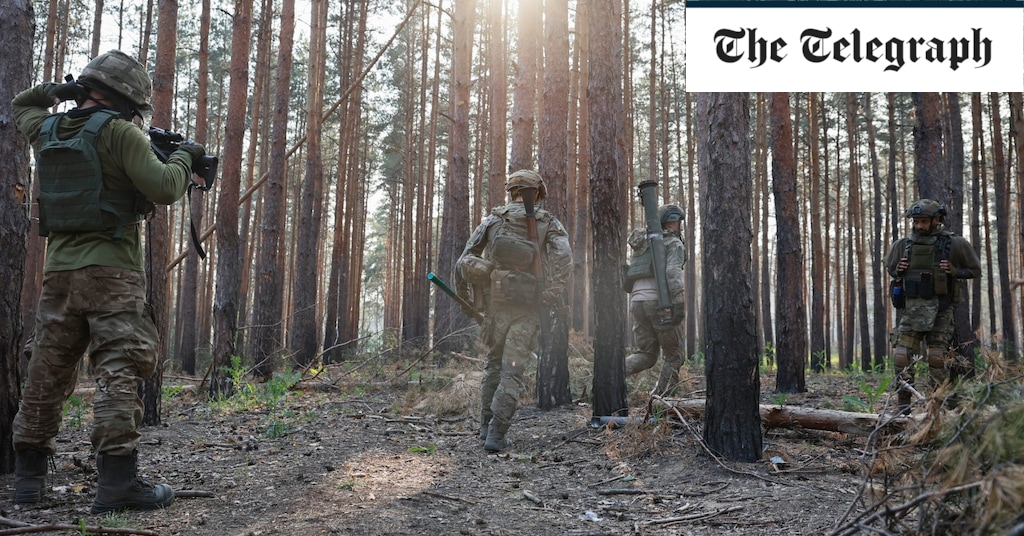
The head of Ukraine’s armed forces was surprisingly open about the value of a push south when discussing his military’s next move in December last year.
If his troops could take the southern city of Melitopol, General Valery Zaluzhny said, they could rain fire down on Crimea and sever the land corridor currently held by Russian forces.
“I will simply state the facts. In order to reach the borders of Crimea … we need to cover a distance of 84km to Melitopol,” he told The Economist in a rare interview. “By the way this is enough for us because Melitopol would give us full fire control.”
In the early hours of Thursday morning, the General may have finally made his move.
A heavy assault by Ukrainian forces appeared to be headed towards the town of Tokmak, a key hub on the southern axis and a stepping stone to the city of Melitopol before, eventually, the coast and the Sea of Azov.
But in front of them Russia has laid its fiercest defences.
Obstacle belts with anti-tank ditches, wire and minefields sit in the table-flat plains that lead south.
So-called “dragon’s teeth”, pyramid structures standing about a metre high, have also been placed to bring advancing tanks and other armoured vehicles to a grinding halt.
On Thursday, US officials said that Ukraine’s attack in this direction appears to be a “main thrust” of the counter-offensive. Two others are known to be ongoing, and any of them may be a feint.
Concrete details of the initial clashes in the southern axis are impossible to verify. Ukraine appeared to have made some gains, even according to pro-Russian sources.
But there are also signs of losses. Some drone footage suggests one column of armoured vehicles and tanks met a particularly sticky end.
There are fears, in particular, that Ukraine may have lost two of its new German-made Leopard II tanks on their first forays into the front lines.
However, the counter-offensive may take weeks or months, and officials have long warned of heavy losses as Ukraine probes, pushes – and retreats. The West will have to get used to the sight of its own equipment being destroyed.
A properly trained and integrated military force will move seamlessly from defensive operations (which can be incredibly violent in their own way), through shaping activities designed to lay the best foundations for future progress and into the assault.
Ukraine’s assault should be synchronised: probing attacks here, perhaps even a tactical retreat – that is really a bluff – there, then a full-bloodied and terrifically violent attack somewhere else along the line.
In this sense what we have seen this week may just be part of a longer strategic plan.
But there is also a chance Ukraine is making a dash to the south coast now.
The prize is certainly enticing.
A successful thrust could also allow Ukraine to push further, wheeling westward to isolate Russian troops on the eastern bank of the now-flooded Dnipro in the Kherson region.
Or, troops could swing east toward what is left of Mariupol, the once key port city and gateway to Russia.
Reaching the coast, in any event, would cut Russian forces in two. It would also leave the Crimean Bridge, hit by a massive explosion last year, as the only supply route for Russia to Crimea.

The new Ukrainian advances around Bakhmut and in southern Ukraine appear to confirm that H-Hour—the time a military operation commences—has arrived. The wily Ukrainians, having conducted offensives in Kharkiv and Kherson, learned from the planning and execution of these operations. As their training and planning have improved, so has their ability to deceive the enemy and to synchronise complex arms operations on multiple axes.
The Ukrainians will open up other axes of advance as they attempt to mislead the Russians about the true main effort of their campaign. As they conduct attacks, they will also be observing the Russian counter-actions: how the Russians respond to these attacks, shift reserves and reinforce key areas will provide further opportunities for the Ukrainians to exploit. Ukraine’s military leaders have a knack for sniffing out Russian weakness and deceiving the enemy about their intentions; they did this superbly before the offensive that liberated most of the north-eastern Kharkiv province last September. No one understands the Russian military mind better than they do.
As the different phases of the campaign unfold, it will be the drive, professionalism and inspiration of Ukraine’s military leaders—who are a mix of professional soldiers and mobilised citizens—that will determine its success or failure. The campaign will be complex, bloody and almost always confusing to outside observers. It will be a massive undertaking that unfolds over months, not days. There will be times when it will be difficult to see an end—or a purpose—to the destruction. And there will be many surprises, such as the collapse this week of the Kakhovka dam, which will have impacts large and small, good and bad, on the Ukrainian campaign.
But just as the Ukrainians have held their nerve, prepared well and patiently waited to strike a massive blow, so too must the citizens and politicians of the West watch and be prepared to provide more assistance where needed. In June 1944, as the massive Allied invasion force crossed the English Channel, General Dwight Eisenhower wrote that “the eyes of the world are upon you.” The Ukrainians, having fought, suffered and sacrificed over the past 16 months, know full well that the world is watching as they start the next phase of the attempt to liberate their nation.
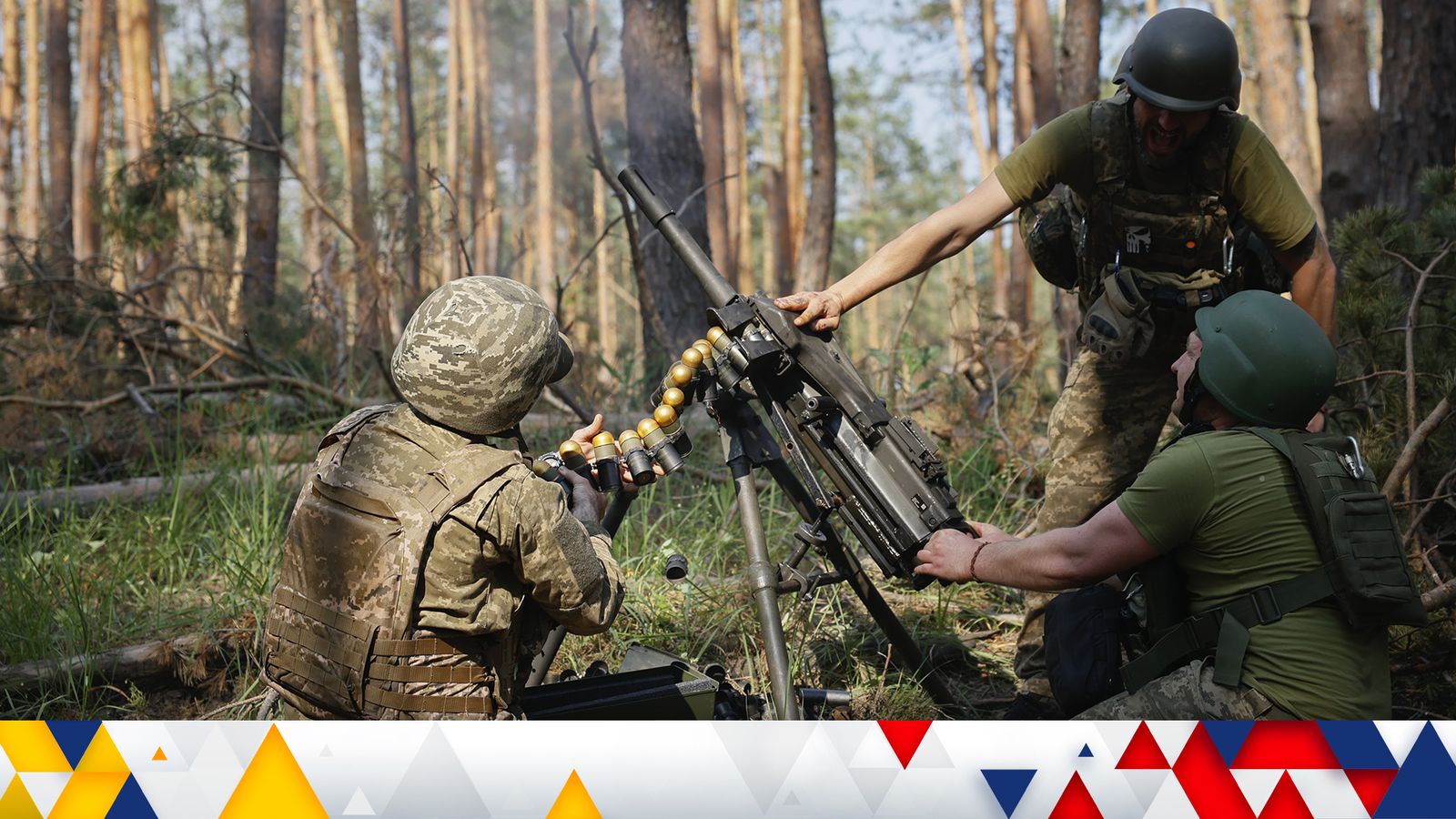
Ukraine's so-called counteroffensive that is widely believed to have begun on Sunday has consisted of three major operations so far, which have had "differential outcomes", according to a new report.
One of them - an attack near Orikhiv in western Zaporizhzhia overnight Wednesday into Thursday - was "limited but still significant", according to the Institute of War (ISW) think-tank.
It saw Ukraine lose some of the Western military vehicles it used, with Russia reported to have regained its positions in the area by the end of Thursday.
On the Russian side, the ISW says the communications response to the attack was "uncharacteristically coherent" and "relatively consistent with available visual evidence".
Normally Russian messaging is "highly chaotic and incoherent", it says, particularly when its forces are taken by surprise on the battlefield – not giving "propaganda apparatus" time to "develop a clear line".
But it says: "By contrast, the Russian responses to this attack suggest that Russian forces defended in the way that they had prepared to… giving sources a rhetorical line to coalesce around".
The report stresses however that Thursday's operation "does not represent the full extent of Ukrainian capabilities in the current counteroffensive".
It says the loss of Western equipment is "not an indicator of the future of the counteroffensive" and we should not "exaggerate the impact of initial losses".
Sounds like the amount of mines is slowing them down.
Ukrainian forces have suffered losses in heavy equipment and soldiers as they met greater than expected resistance from Russian forces in their first attempt to breach Russian lines in the east of the country in recent days, two senior US officials tell CNN.
One US official described the losses – which include US supplied MRAP armored personnel vehicles as “significant.”
Ukrainian forces managed to overrun some Russian forces in the east around Bakhmut. However, Russian forces, armed with anti-tank missiles, grenades and mortars, have put up “stiff resistance,” with their forces dug into defensive lines that are several layers deep in some areas and marked by minefields that have taken a heavy toll on Ukrainian armored vehicles.
Both US officials say the losses are not expected to impact the larger planned Ukrainian counteroffensive. US and western officials long expected the counteroffensive to take time and put Ukrainian personnel and equipment, including Western-supplied systems, at high risk.

A senior Biden administration official says that U.S. spy satellites detected an explosion at the Kakhovka dam just before it collapsed, but American analysts still do not know who caused the dam’s destruction or how exactly it happened.
The official said that satellites equipped with infrared sensors detected a heat signature consistent with a major explosion just before the dam collapsed, unleashing huge floodwaters downstream.
American intelligence analysts suspect that Russia was behind the dam’s destruction, the senior administration official said, speaking on the condition of anonymity to discuss operational details. But he added that U.S. spy agencies still did not have any solid evidence about who was responsible.
Engineering and munitions experts have said a deliberate explosion inside the Kakhovka dam, which is controlled by Russia, most likely caused its collapse on Tuesday. They added that structural failure or an attack from outside the dam were possible but less plausible explanations.
The administration official did not rule out the possibility that prior damage to the dam or mounting water pressure might have contributed to the collapse, but American officials believe the explosion, whether deliberate or accidental, was the most likely trigger.
Experts had cautioned earlier this week that the available evidence was very limited, but they said that a blast in an enclosed space, with all of its energy applied against the structure around it, would do the most damage. Even then, they said, it would require hundreds of pounds of explosives, at least, to breach the dam.
An external detonation by a bomb or missile would exert only a fraction of its force against the dam, and would require an explosive many times larger to achieve a similar effect.
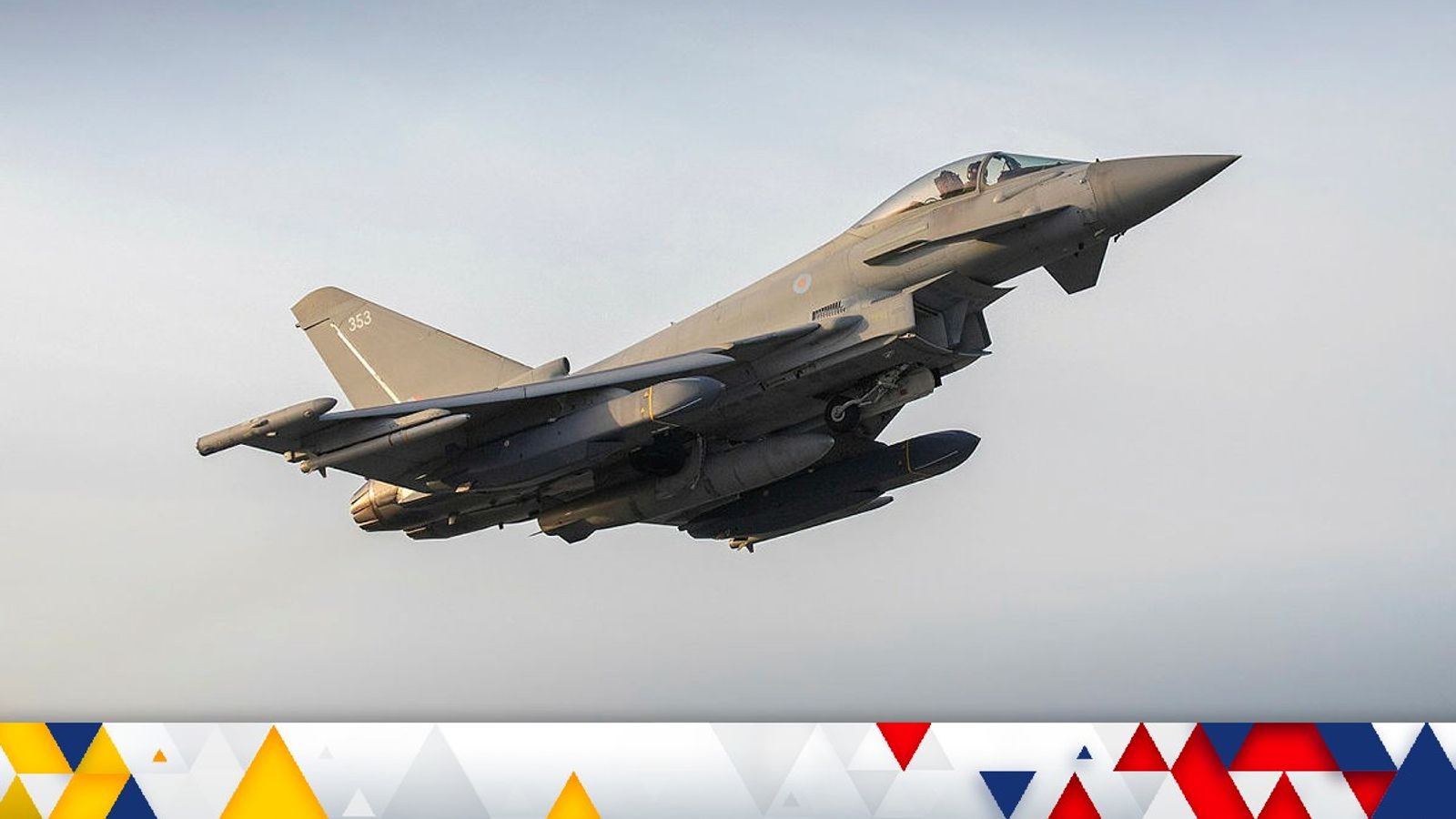
Returning to the Kakhovka dam disaster, and evidence continues to suggest Russia was the responsible party.
Readings released by a Norwegian seismic organisation spike at the same time explosions were reported at the reservoir.
The spike, recorded by a Norsar tracker 400 miles away, shows a "massive explosion" took place, defence analyst Michael Clarke said.
"Only big explosives right against the wall of the dam - a tonne or more - will actually breach the dam," said Professor Clarke.
This appears to undermine Russian allegations that Ukraine shelled the dam, and lends credence to analysis by experts who suggested it is much more likely Russia used explosives.
"This [evidence] will be a problem for Russia to try to explain away. They can't keep on blaming it on the war in general or artillery shelling or the Ukrainians, and the world will take note of that," said the professor.
If the Ukrainians cut that land bridge to Crimea, the Russians are totally screwed.
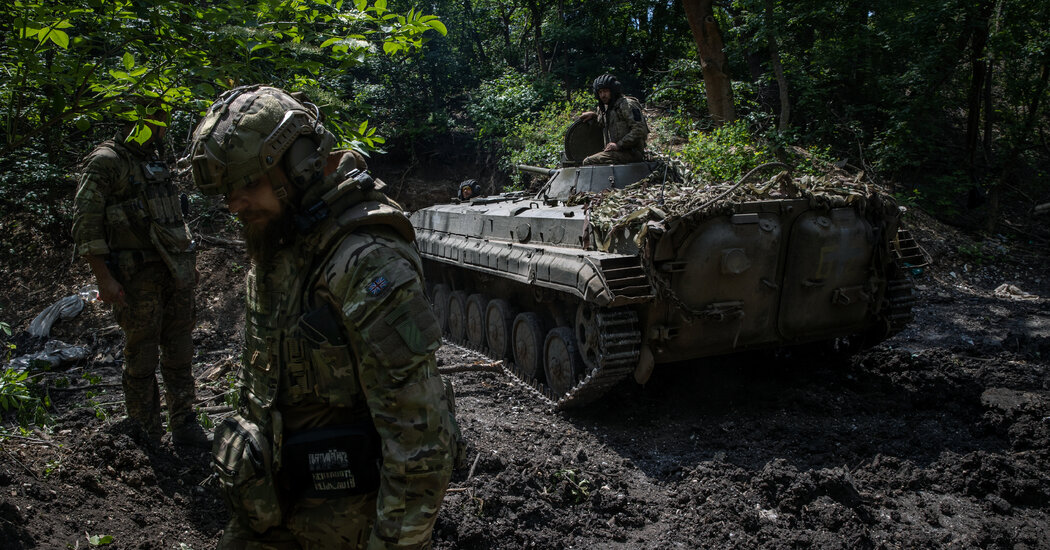
At this stage, it remains unclear where Ukraine will land its main blow, Mykhailo Samus, a deputy director at the Center for Army, Conversion and Disarmament Studies, a military research organization in Kyiv, said in a telephone interview. The attacks now are intended primarily to force Russia to reveal its positions and strategies, he said.
As Ukrainian troops assault, Russian forces move reinforcements and fire artillery in response, exposing their positions and defensive strategies. They switch on electronic jamming systems, revealing how this equipment will be used in the fighting.
The Ukrainian military is using what it learns in these assaults to strike Russian artillery positions, said Mr. Samus, softening up defenses for an actual breakthrough battle that will come later. The larger fight “is still ahead of us and where exactly it will be we still don’t know.”
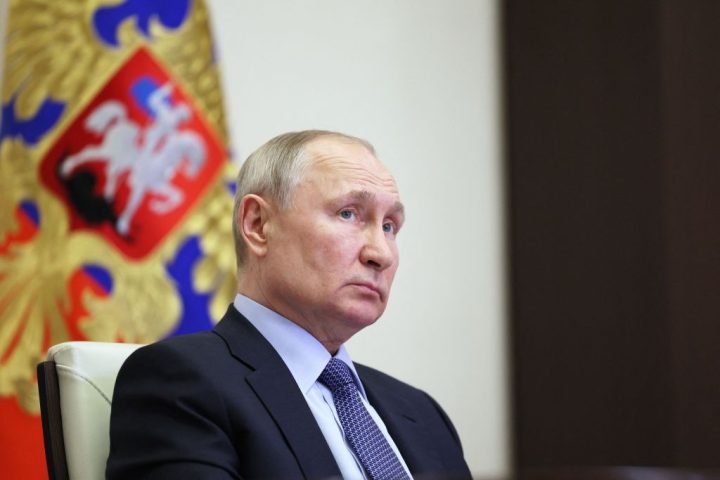
Putin is also distancing himself from the war he launched and continues to micromanage. When he said that ‘I presume the Russian military leadership is assessing the developing situation, and will act based on these realities in planning our actions for the future,’ he was near enough staking his own high command out as sacrificial victims should things go badly.
This is not going unnoticed. Putin continues to refuse to do his job and settle the ongoing and increasingly vicious struggle between Wagner’s Evgeny Prigozhin and Shoigu and the regular military, which led to the kidnap and beating of a lieutenant colonel. Combined with this, it is raising inevitable questions not just about Putin’s capacity to manage his own cannibalistic system, but also his own expectations. If Zelensky is expecting success but playing it cautious, the implication is that Putin is pretending confidence but anticipating the worst.
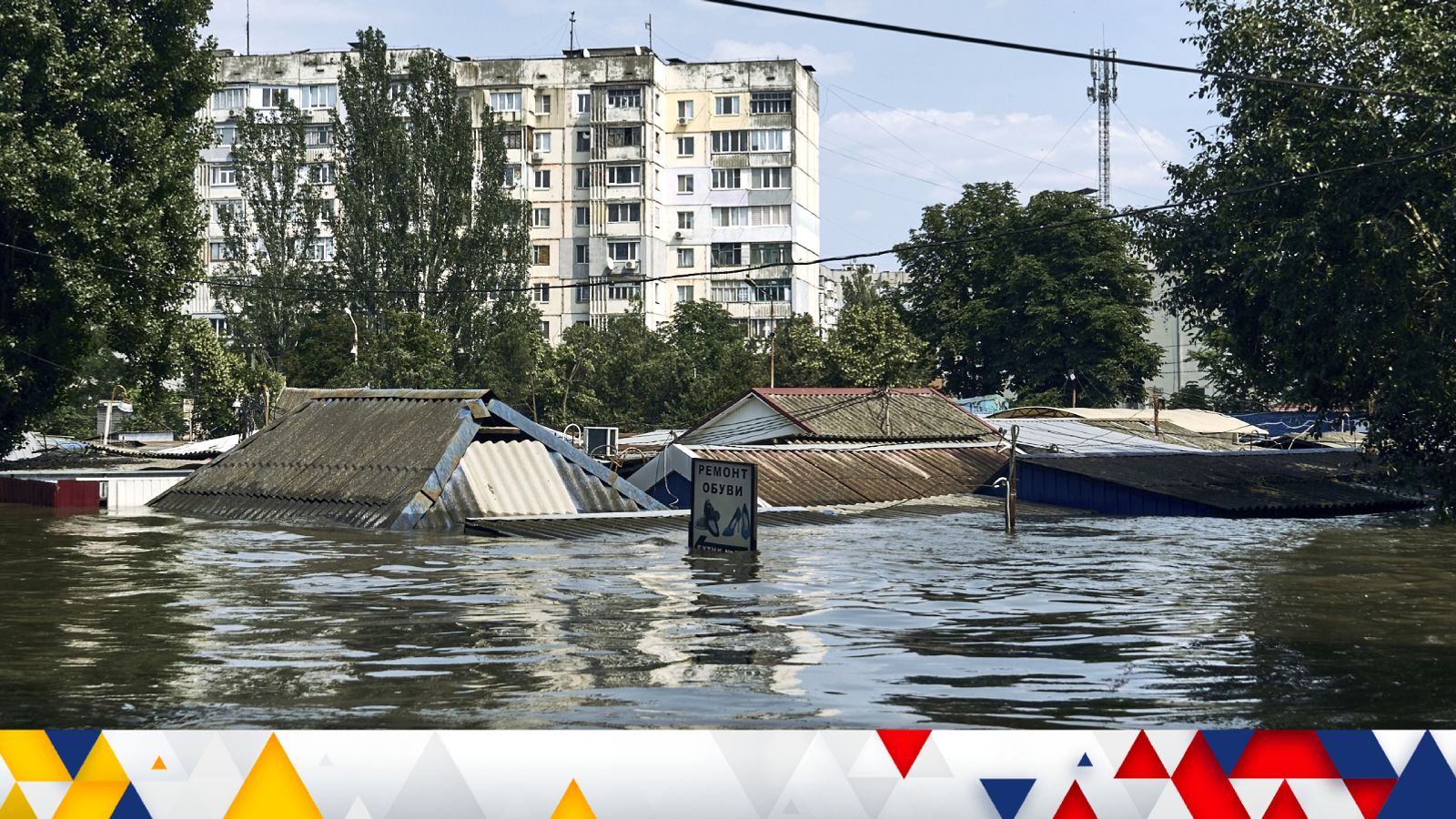
Ukraine has successfully cut through the first line of Russian defences in parts of the country over the past 48 hours, the UK's Ministry of Defence has said.
In its daily intelligence update, the MoD said there have been "significant" operations in "several sectors" east and south of Ukraine.
There has been "good progress" made by troops in some areas, where they have "penetrated the first line of Russian defences".
But "in others, Ukrainian progress has been slower," it added.
Russia's defence has been "mixed", the MoD says, with some units "conducting credible manoeuvre defence operations" and others retreating "in some disorder".
Reports of Russian casualties are increasing as its military is forced to withdraw "through their own minefields," the ministry said.
The next phase of the war will hinge, in part, on the ability of Ukrainian forces to retake territory by moving from attrition to maneuver warfare and to shift the offense-defense balance in favor of the offense. As Napoleon wrote, “The strength of an army, like power in mechanics, is estimated by multiplying the mass by the velocity.”[52] A Ukrainian maneuver strategy places a premium on the second factor—velocity. Russian forces have attempted to shift the advantage to the defense and retain the territory they have conquered in Ukraine by constructing a formidable system of fortifications. But Russia faces several challenges in holding this territory, including weak ground forces that have not performed well on the battlefield, the need to defend a massive amount of territory, and variable construction of the fortifications.
Here’s something you don’t see every day. A Ukrainian drone capturing and then towing 2 Russian drones underneath. Looks like tractors have taken to the sky in the effort to capture as much Russian equipment as possible.
NEW Ukr counteroffensive thread. Liberal Crayons
Since both sides are already reporting it, I will release the information I collected, too. There is anyway a delay of this information and therefore does not compromise OPSEC. Almost the entire forward defense line of the Russian army near Velyka Novosilka - around 20 km long - has been wiped out. Ukrainian forces liberated Neskuchne and Novodonets'ke. Based on Russian drone footage we know that Ukrainian forces are already operating further south, hammering Russian forces in Storozheve and the little village of Blahodatne, nearby.

In his 9 June speech, President Zelensky noted that “for our soldiers, for all those who are in particularly tough battles these days. We see your heroism.” Now the Ukrainian 2023 offensive has begun, some initial thoughts & analysis (based on my longer substack piece). 1/24
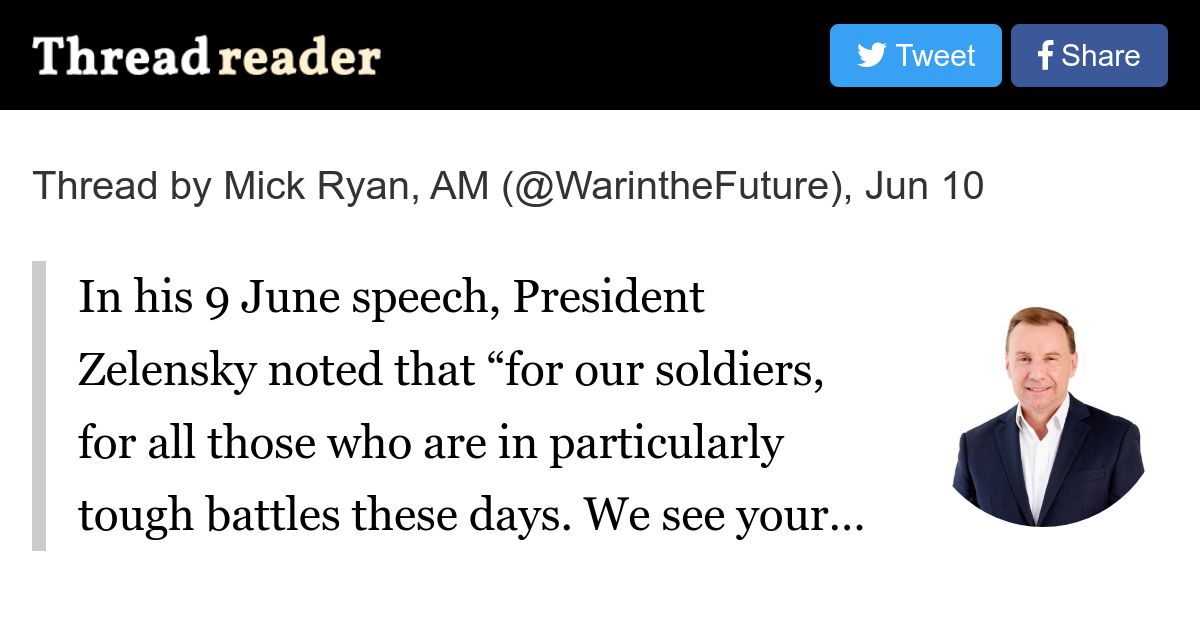
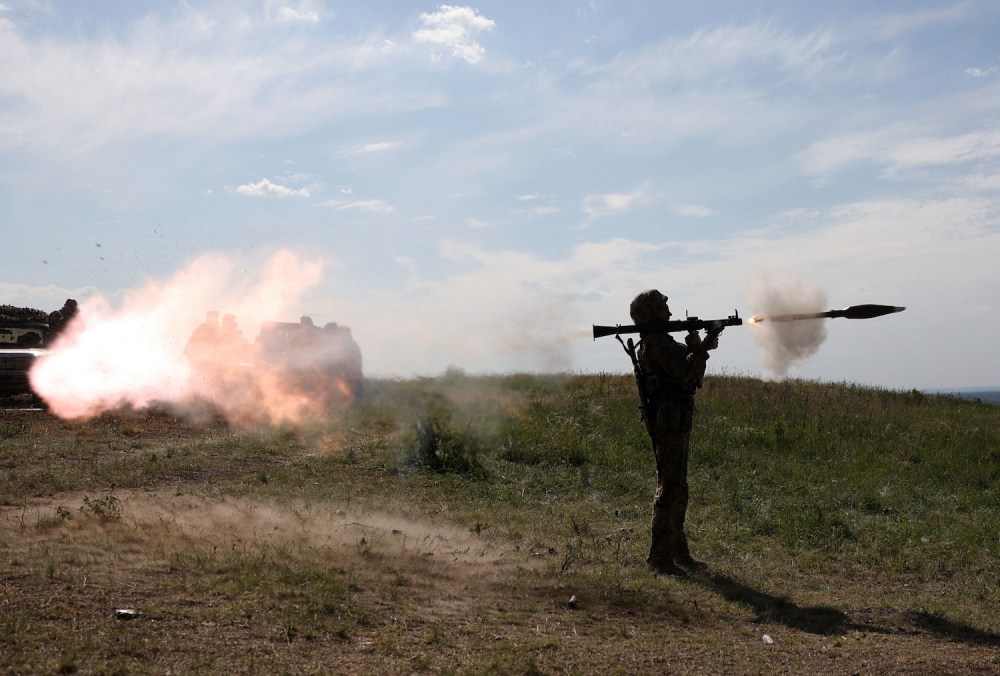
Major Ukrainian units like the 47th Artillery Brigade and the 47th Mechanized Brigade are already partially or fully committed to the fight, experts that FP spoke to observed. But by the end of the week, Ukraine had yet to commit the bulk of its recently Western-trained units to the fight, a hint to experts that the attacks were more about probing—instead of actually trying to breach—Russian lines that have been backed up with trench works, dragon’s teeth, and artillery kill zones.
With or without more foreign support, the Ukrainians are going to hit a point where they have to commit to breaching Russian lines, not just probing them. The margin for error is high. Ukraine doesn’t have air superiority, even if it has held the once-vaunted Russian Air Force largely at bay so far and has U.S.-made jets on the way in months to come. Ukraine also has a hodgepodge of advanced equipment from different countries, meaning different Ukrainian units are operating with different tactics and supply lines.
Still, those are problems that plague Russian forces even worse. Russian forces have already taken an estimated 200,000 casualties in 15 months of fighting and are now scything their way through a first call-up of even lower-quality conscripts. Even their mercenaries and convicts have suffered heavy losses. Russian logistics have worked exactly as expected.
“If the muscle moves work and you can displace the Russians from anywhere in the line, they are very vulnerable because they do not cooperate well with each other,” Watling said. “Russian units don’t play nicely across boundaries. They don’t help each other out.”
The Ukrainian army said on Sunday that it had liberated the village of Blahodatne in south of Donetsk region, which would mark a break in at least one layer of Russian defences south of Velyka Novosilka where counter-attacks were reported last week. Ukrainian soldiers on Sunday posted a video of themselves(opens a new window) raising the country’s national flag on a building in Blahodatne.
Yevgeny Prigozhin, Wagner’s founder, said the group would resist any efforts to make it subordinate to the defence ministry after Shoigu signed a decree requiring all of Russia’s patchwork volunteer battalions and irregular forces to sign army contracts.
Prigozhin said Wagner would continue to answer to Putin alone because Shoigu “can’t run military units properly”. But the paramilitary chief named a different general, Sergei Surovikin, as someone he could work with.
The defences, according to a Ukrainian intelligence officer, are constructed in a “three-line system”, with varying levels of fortifications, the depths of which can exceed around 19 miles on some axes.
“They have unbelievable trenches and unbelievable fortifications, it will be hard to break their lines of defence” Serhii, a commander in Ukraine’s National Guards, told The Telegraph.
“There are also minefields and they have good artillery - more than us unfortunately.”
British intelligence officials have described the Russian efforts to fortify their positions as “some of the most extensive systems of military defensive works seen anywhere in the world”.
Recent analysis of these positions suggest they could stretch across the entire front line from occupied Crimea to the Donbas.
Ukrainian troops have even grown to admire their enemy’s ability to construct trenches, an admission that the counter-offensive is unlikely to be as easy as some observers expect.
“We should learn from our enemy on how they construct their trenches, because they are so excellent at that,” Serhii, the intelligence officer, said. “They use specialised vehicles, not only hands.”
Ukrainian forces are currently attempting an extraordinarily difficult tactical operation – a frontal assault against prepared defensive positions, further complicated by a lack of air superiority – and these initial assaults should not be extrapolated to predict all Ukrainian operations. Ukrainian forces are unsurprisingly taking casualties in initial attacks against some of the best-prepared Russian forces in Ukraine. However, initial attacks – and particularly selected footage that Russian sources are intentionally disseminating and highlighting – are not representative of all Ukrainian operations. The Russian military remains dangerous and Ukrainian forces certainly face a hard fight, but Ukraine has not yet committed the vast majority of its counteroffensive forces and Russian defenses are not uniformly strong along all sectors of the front line.
Russian sources claimed that Ukrainian forces have tactical advantages in conducting assaults at night due to Western-provided equipment with superior night optics systems. A prominent Russian milblogger claimed that Ukrainian forces are launching assaults at night because Western-provided equipment provides Ukrainian forces with “excellent” night vision optics.[13] Zaporizhia Oblast occupation official Vladimir Rogov also claimed that night assaults allow Ukrainian forces to more effectively use Western-provided equipment.[14] Russian sources have widely claimed that Ukrainian forces have started or intensified assaults at night in recent days, and Ukrainian forces may be increasingly leveraging the advantages provided by Western systems.[15]
There are few reports from the battlefields between the southern Zaporizhzhia region and Donetsk in the east Sunday morning, but snippets from Russian journalists and propagandists suggest further Ukrainian advances.
The Rybar Telegram channel — one in a network of Russian pro-war military blogs that publish updates on Moscow's invasion — reports Ukrainian forces regained control of two villages south of the town of Velyka Novosilka in Donetsk, “almost without a fight.”
In the same area, the Wargonzo Telegram channel reports “certain tactical successes” for Ukraine’s forces in the same area. A couple miles further south, Rybar reports fighting around the village of Urozhaine.
Further west, there were consistent reports of very heavy Ukrainian artillery fire Saturday toward Russian positions south of Orikhiv, a battered southern town where Ukrainian forces have also stepped up activities over the last week.
Keep in mind: CNN is unable to independently verify battlefield reports.
What does this mean? I only know of the submarine called Kursk. I suppose it was named after something / someone important.kursk 2.0. hopefully ukraine doesn't falter
My guess is that he meant Kerch 2.0, as in the bridge?What does this mean? I only know of the submarine called Kursk. I suppose it was named after something / someone important.kursk 2.0. hopefully ukraine doesn't falter
in ww2 the germans attempted to attack russia in the battle of kursk which became the largest tank battle ever.What does this mean? I only know of the submarine called Kursk. I suppose it was named after something / someone important.kursk 2.0. hopefully ukraine doesn't falter
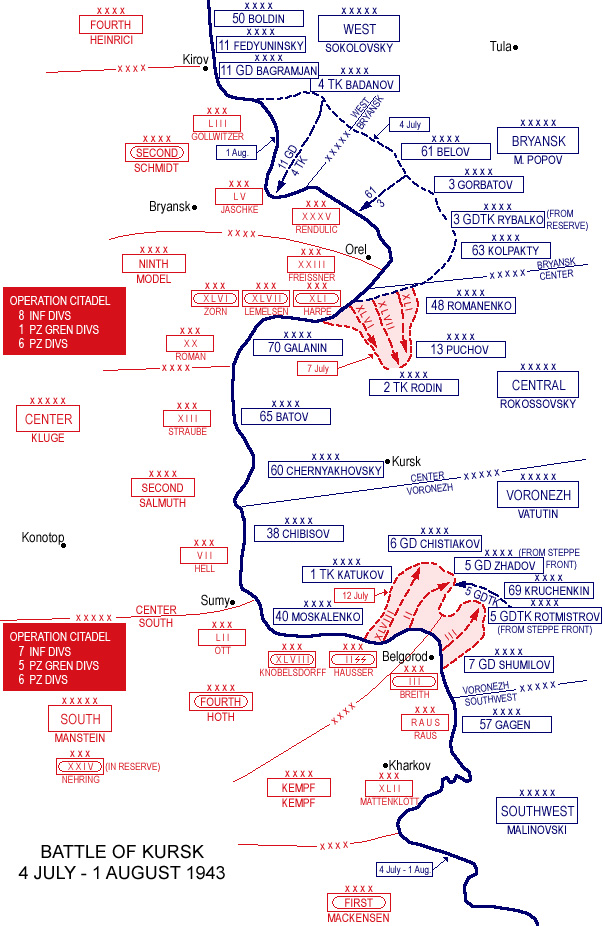
Access Restricted
www.telegraph.co.uk
The defences, according to a Ukrainian intelligence officer, are constructed in a “three-line system”, with varying levels of fortifications, the depths of which can exceed around 19 miles on some axes.
“They have unbelievable trenches and unbelievable fortifications, it will be hard to break their lines of defence” Serhii, a commander in Ukraine’s National Guards, told The Telegraph.
“There are also minefields and they have good artillery - more than us unfortunately.”
British intelligence officials have described the Russian efforts to fortify their positions as “some of the most extensive systems of military defensive works seen anywhere in the world”.
Recent analysis of these positions suggest they could stretch across the entire front line from occupied Crimea to the Donbas.
Ukrainian troops have even grown to admire their enemy’s ability to construct trenches, an admission that the counter-offensive is unlikely to be as easy as some observers expect.
“We should learn from our enemy on how they construct their trenches, because they are so excellent at that,” Serhii, the intelligence officer, said. “They use specialised vehicles, not only hands.”
